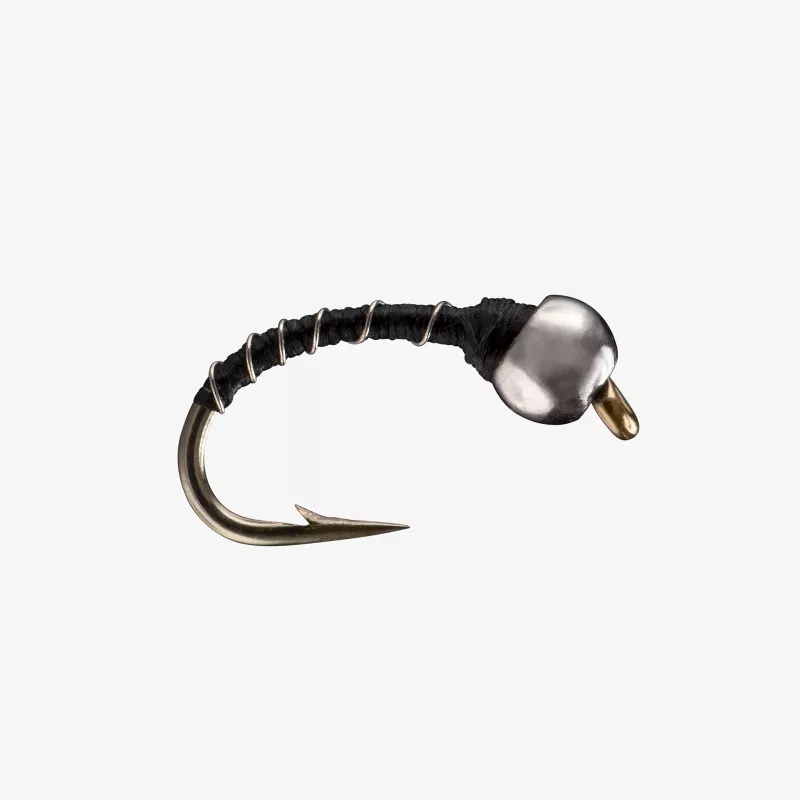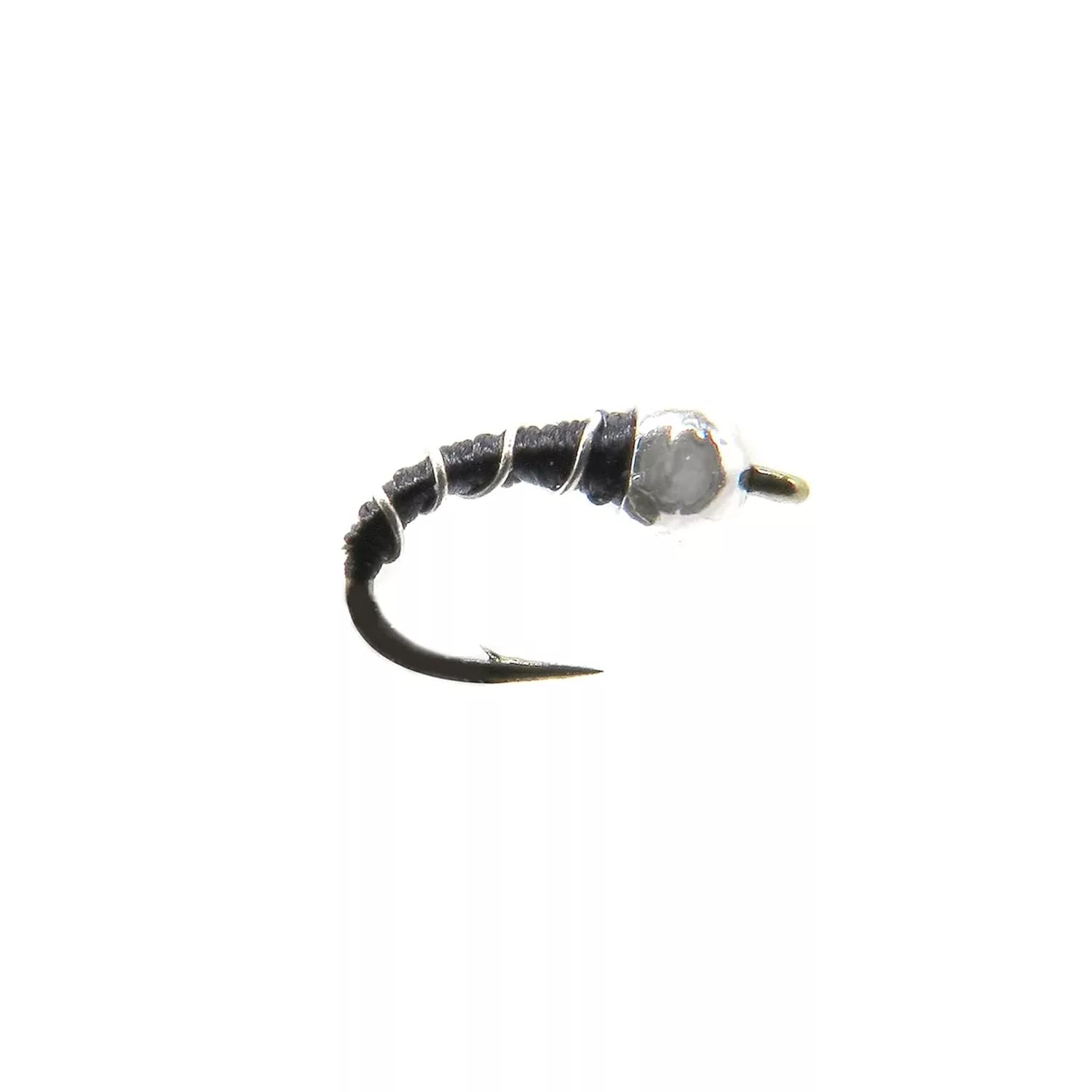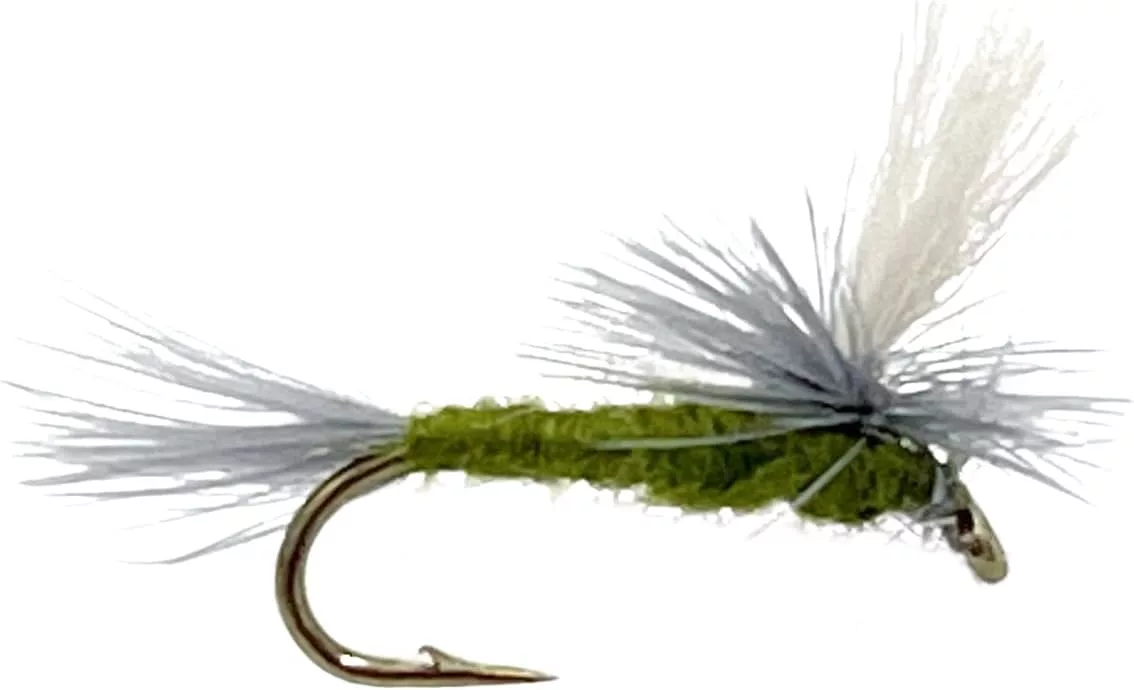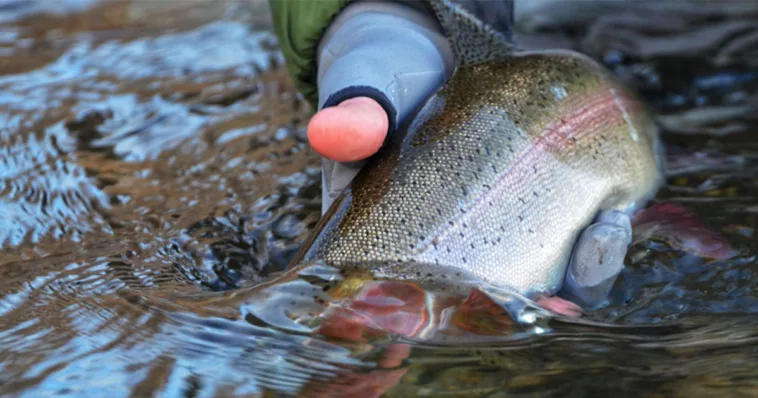Winter fly fishing offers unique opportunities for anglers, but success hinges on choosing the right flies. Learn about five essential fly patterns to conquer cold-weather angling challenges and optimize your winter fishing experience.
Zebra Midge
The Zebra Midge, a simple yet effective pattern, mimics midge larvae, a prevalent winter food source. Explore variations in size and color—such as black, red, or olive—to entice strikes from wary fish in chilled waters.

Pheasant Tail Nymph
A versatile classic, the Pheasant Tail Nymph’s lifelike appearance imitates mayfly nymphs. Discover how to adapt this fly’s weight and size to varying water depths and currents for optimal winter angling.

Woolly Bugger
Unravel the timeless charm of the Woolly Bugger, perfect for mimicking baitfish in winter. Learn the nuances of retrieving this fly—especially in darker hues like black, olive, or brown—for success in cold rivers.

Midge Emerger
As midges persist even in winter, the Midge Emerger becomes a crucial pattern. Dive into its design, incorporating buoyant materials to replicate the transition from nymph to adult and lure selective trout.

Blue Wing Olive
Despite its name, the Blue Wing Olive remains a reliable choice in winter, mirroring the baetis mayfly. Explore its adaptability through nymph, emerger, or dry fly presentations for varied angling conditions.

Tips for Winter Fly Fishing Success
- Emphasize the importance of precise presentations in slow waters.
- Highlight the significance of targeting deeper, slower sections.
- Mention the need to adapt tactics to changing weather and water conditions.
- Stress the importance of safety and warmth in cold weather fishing.
Winter fly fishing requires finesse and the right fly selection. The Zebra Midge, Pheasant Tail Nymph, Woolly Bugger, Midge Emerger, and Blue Wing Olive offer anglers the edge needed for successful cold-weather catches.
